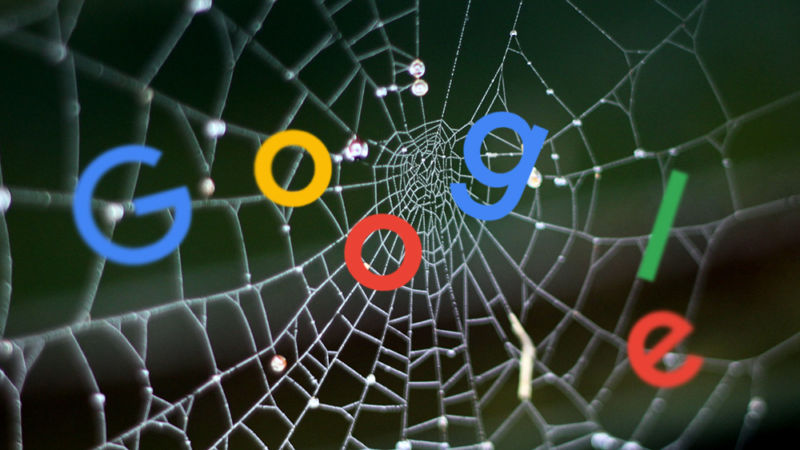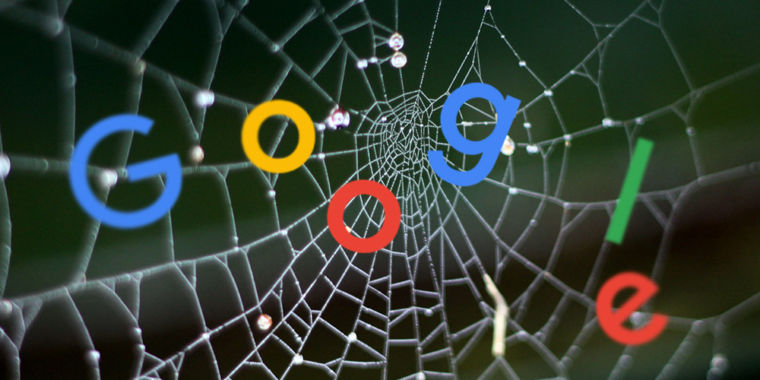
Google is facing turbulent times due to CEO Sundar Pichai’s decision to cut costs across the company. We first got word of this belt-tightening in August, and since then, we’ve seen the “Area 120” incubation lab get cut in half, a spinoff of what was left of Project Loon, the death of the Pixel laptop division, and the dramatic shutdown of Google Stadia. A new report from The Information details more changes Pichai’s budget cuts are having across the company, with some divisions surviving and others getting ominous resource cuts. There’s plenty to go over.
More resources for Google hardware
First, we have news that the hardware division, other than losing laptops, seems mostly safe. Google’s biggest Android partner, Samsung, is in decline in many established markets, and Apple is hitting an all-time high in US market share last quarter. The report says Google views Apple as more of a problem than it has in the past, thanks to worries that regulators might shut down the usual multi-billion-dollar Google/Apple agreement to put Google Search on iPhones. If iPhones stop showing Google ads, the rise of Apple and fall of Samsung is one of the few things that could actually be a major problem for Google’s revenue.
According to the report, Google views itself as the solution to this problem. As a hedge against what the report calls the “further decline” of Samsung, Google is “doubling down” on its investment in Pixel hardware. Google is apparently doing this by “moving product development and software engineering staff working on features for non-Google hardware to work on Google-branded devices.” The goal here is to not spend more money, so Google is apparently sacrificing partner devices to focus on the Pixel division. (Making your business a Google partner just seems like you’re asking for trouble, doesn’t it?)
Pichai’s cost-cutters are coming
So what projects are seeing cuts? Google TV is one, with the report saying: “Executives also have discussed moving some product managers working on Google TV software for television sets” to Wear OS and the Pixel Tablet. This is the only OS called out as specifically receiving less OS development.
A lot of this report seems to focus on cuts to Google Assistant’s support for specific form factors, which is strange since Google Assistant is more or less the same on every platform. The whole point of the Assistant is one reliable, predictable voice assistant that lives everywhere, and it’s not clear what platform-specific support needs to be done other than whipping up an app that can receive audio and read back results. That said, the report says that Google is going to “invest less in developing its Google Assistant voice-assisted search for cars and for devices not made by Google, including TVs, headphones, smart-home speakers, smart glasses and smartwatches that use Google’s Wear OS software.” That makes it sound like a mix of more Pixel-exclusive software features and less development for software that is purely for partner devices. In that list, Google makes TV dongles, headphones, smart home speakers, and a watch, but it doesn’t make a car.
Honestly, Google Assistant seems to be the hardest-hit project in this report. On one hand, that’s hard to believe since the Assistant is basically just “Google Voice Search,” and search is Google’s second-favorite product (after ads). On the other hand, it has never been clear that Google Assistant makes money. Google Assistant never reads you an audio ad, and you never see an ad from the answer it returns. It’s only if the product fails and kicks you out to a Google Search results screen that you can see an ad. Google kicked around Assistant monetization options in the past, but I don’t think any of them ever took off.
Some hardware companies are still favored?
While Google is going to focus on its own hardware, the report says it’s also not completely cutting off existing hardware makers. The report says that “Google has singled out Samsung and Chinese brands OnePlus and Xiaomi as premium Android phone partners for which it should develop the best Google services. But that leaves a long list of other manufacturers that may not get the same attention from Google groups like the Assistant team.”
Picking favorite hardware manufacturers sounds a lot like the recent rollout of Wear OS 3. That OS was exclusive to Samsung for a year, with smaller OEMs like the fashion brand Fossil being left out in the cold. When it came time to launch the Pixel Watch, Google built an exclusive Fitbit app for itself and never ported its public fitness project, Google Fit, to the new Wear OS 3. This week the new Fossil Gen 6 watch is finally launching with Wear OS 3, but now it doesn’t have a Google fitness solution. Those watches also don’t have the Google Assistant anymore, because Google didn’t prioritize the development of the Wear OS 3 Assistant on the slower Wear 4100 SoC that Fossil watches ship with.
We’ll keep an eye out for actual, practical results from these changes, but Wear OS already shows a focus on Google hardware, a prioritization of certain partners, and declining Google Assistant support for others. Everything in this report is already happening. Google hardware’s biggest weakness is probably its very small list of supported countries, but that did just increase slightly with the Pixel 7 launch.








